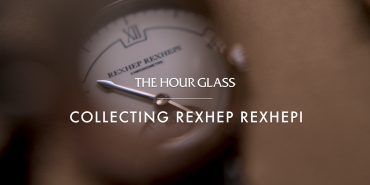Interviews • 18 Feb 2020
Dr James Nye on Antiquarian Horology
The Antiquarian Horological Society
The Antiquarian Horological Society (AHS) is a learned society whose mission is to encourage the study of all matters relating to the art and history of time measurement, to foster and disseminate original research, and to encourage the preservation of examples of the horological and allied arts. Last week I caught up with Dr James Nye, Chairman of the AHS, to talk about how he got suckered into horology in the first place, the re-emergence of society life and how the AHS is paving the way for horological research. Visit the AHS here and become a member here – membership access to their digitised journal backlog is an absolutely indispensable resource for all horologists worldwide.
How did you get into Horology?
It certainly feels like I’ve been in clocks all my life; it started back in school in the southern part of England. I went to a school that was halfway between London and the coast, and I was around the age of 13 when I realised I had the option – because I wasn’t a good sportsman – of ducking out of sport and spending time learning clock repair techniques at the bench. That was because, in the 1970s, there was a little more room for eccentricity – there was certainly less of an emphasis on health and safety. One of the teachers was actually the assistant chaplain – he didn’t have much of a teaching role at school and spent most of his time servicing watches for people in the local community.
He had a really fabulous workshop set up on the ground of his house with lathes and watch cleaning equipment. What he did was teach basic clock repair to a few of us each year. He had the workshop well set up, so there were probably five other small benches. And from the age of 13, I was literally sitting there learning how to repair English dial clocks, longcase clocks, French drum movements. And I’m talking about, you know, the basic principles of polishing pivots, rebushing and other general servicing techniques. So, I learnt those techniques, and that got me into it.

There was something else that also happened for me. My school of about 500 pupils was a mid 19th century place, with buildings stretching across a large site. And the way that time was communicated across the school, and indeed how the lessons began and ended, relied on a centralised time distribution system. It was a classic, mid 20th century system from an English manufacturer called Gent. There was a single master clock in one room, and it sent out impulses every 30 seconds to the clocks around the school. There was a program unit – you’d put a pin in for a bell to ring at a given time ( 5-minute intervals).
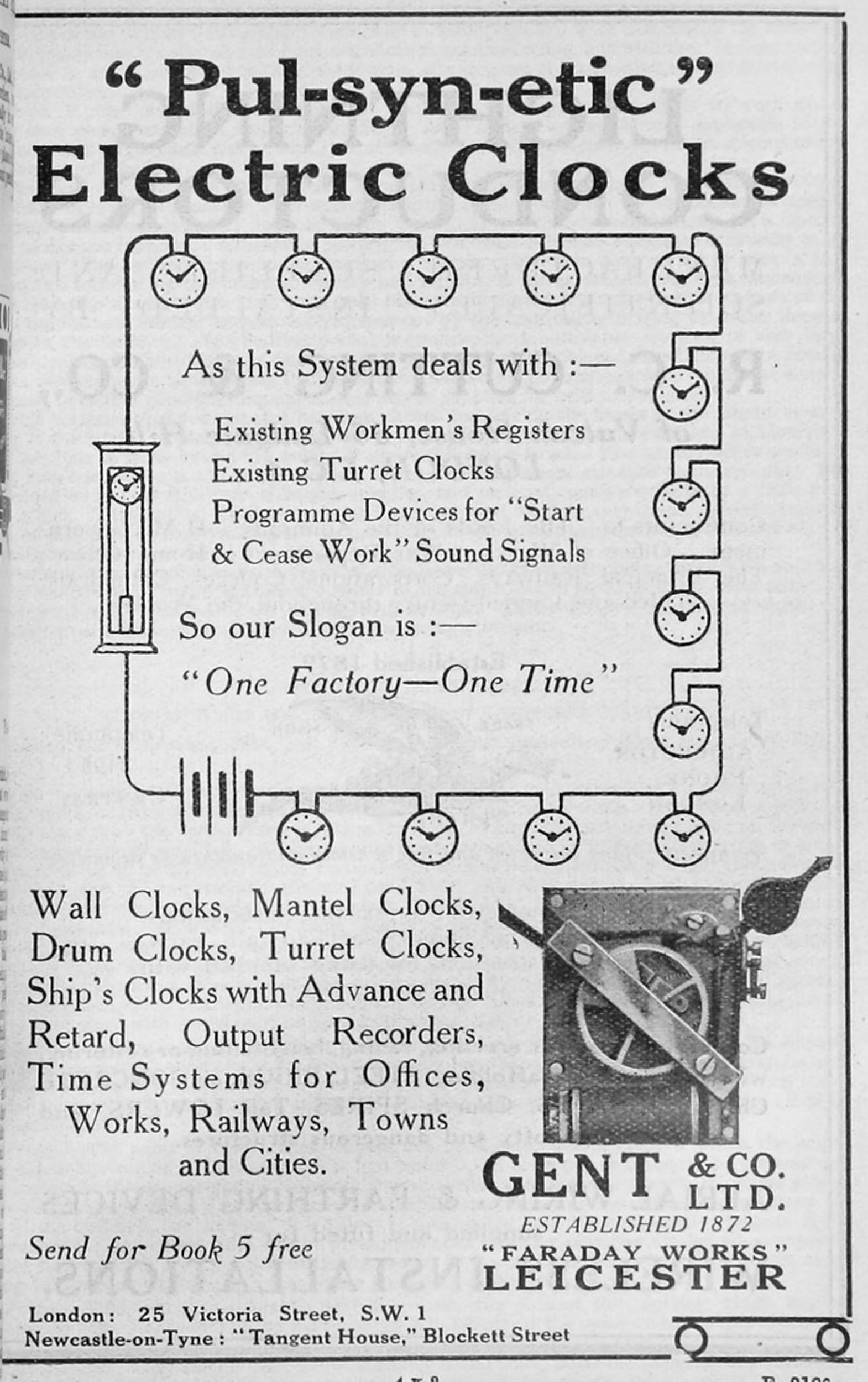
And so, at the age of 13, I was put in charge of that. I’m really not sure why. I think it was because I was interested and there was always someone at the school who did it. I did it for about three years. That’s what got me into the whole realm of electrical horology and the transmission and distribution of time. It’s lived with me ever since.
So, I started with two elements: one was practical horology – you know benchwork, and the other was this whole notion of how do you have the same time everywhere. And that’s stayed with me the rest of my life. I went off to university and dropped it for a while. However, as soon as I was starting work and living in London, I began attending clock fairs, antique fairs and the first things that I bought were electrical horology items, early 20th century electrical items; starting a collection that’s grown ever since. And then ten years ago a few of us helped to establish a new museum in the south-east part of London, that’s where that collection is now, along with a workshop, a library and a meeting space. So, that’s where that collecting element went, and the electrical horology went.

I’ve been fortunate since then. And while commerce was important to me, I’ve also been heavily involved in the world of horology, the study of the history of timekeeping and in running some of the societies for the last 20 years or so. So, what started as a teenage hobby, kept me interested during my time in commerce, and actually ended up taking over my life. It is indeed clocks and watches seven days a week, 24 hours a day and has been so for the last 15 plus years.
Once you go down the rabbit hole, it’s hard to emerge.
Absolutely. It’s sometimes described as a virus. Once you’ve got it, you’ve got it.
How do you think the general interest in horology has changed over the past few decades?
I would say there’s been a tremendous change. I see it mainly from the perspective of chairing one of the bigger societies that’s interested in the history of timekeeping. Thinking about the AHS, it’s been around since the 1950s, it has 1,500 members, the bulk of which are in the UK (1,100), with 200 or so in America, 30 in Australia, and only 5 in New Zealand (one of which is a corporate member – that’s the Clapham museum). We’re in about 30 countries around the world to varying degrees.
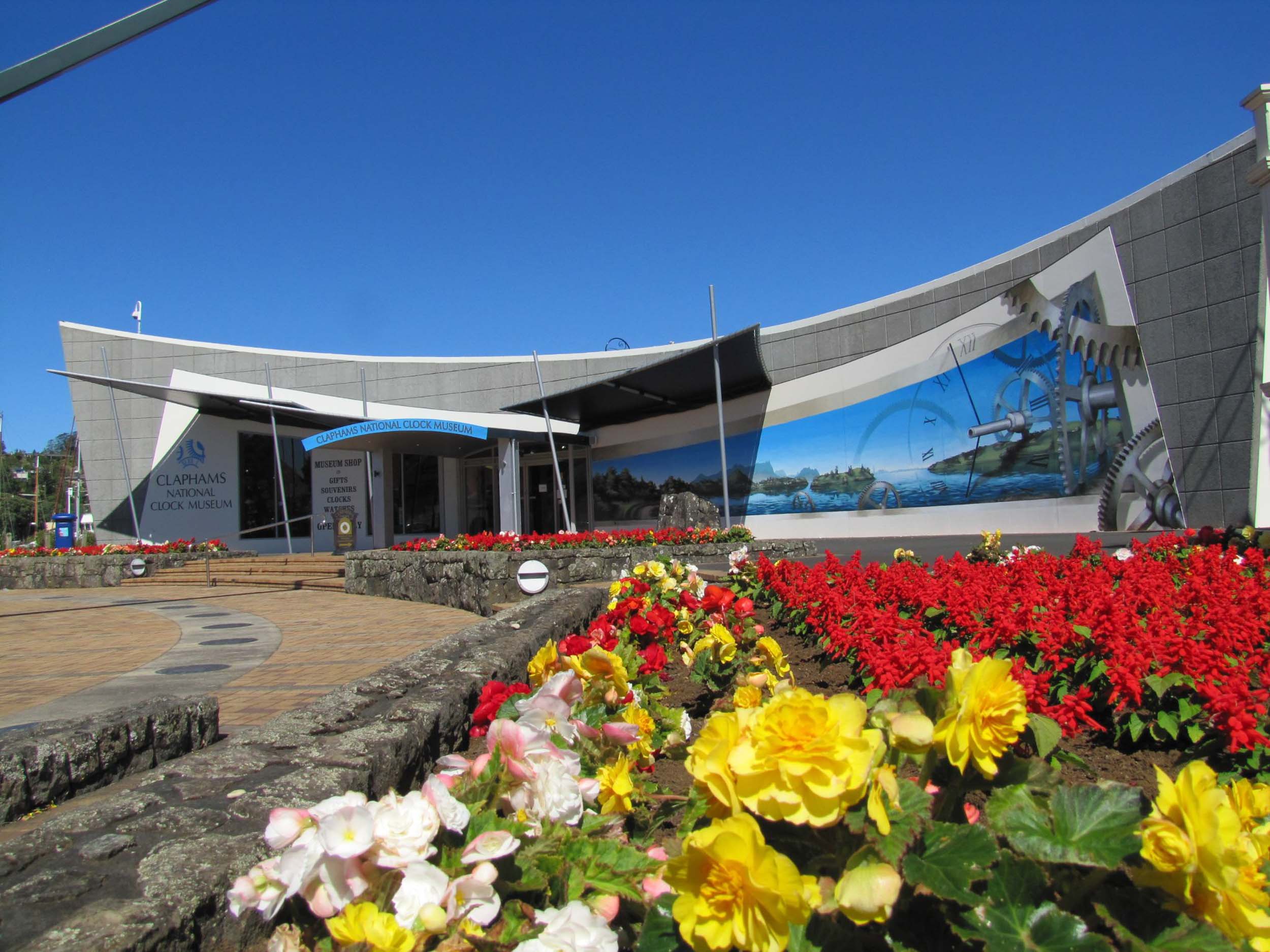
We’re primarily a UK organisation, but in places like Germany, the Netherlands and the United States, we’re well represented. We grew incredibly quickly in the 50s and 60s and 70s, reaching our peak at the beginning of the 80s when we had about 4,000 members. Now that’s obviously pre-internet, and for so many societies during that period, you still relied on print material. You also relied on meetings as a whole way of exchanging information and bringing people together. Everybody in the society world gradually become disintermediated by the internet through the 90s and indeed into the naughties. Access to information became more accessible from a distance and so from a commercial and marketing point of view, the auction houses – for lower-value items – found themselves disintermediated by e-Bay and so forth. So, without any doubt, organisations declined in members, but that’s not to say the interest went away. It was evolving.

When we look back at what preoccupied horologists, historians, researchers and collectors in the 1950s and 60s and 70s – it was something different, there was still a remarkable journey of discovery into some of the major developments that characterised the last 500 to 700 years of history. We were beginning to tease out the story of, you know, John Harrison, or whoever it may be. These were new things. Lectures, which would now be repeating material, were new and fresh then. And I think collectors were also focusing on different things.
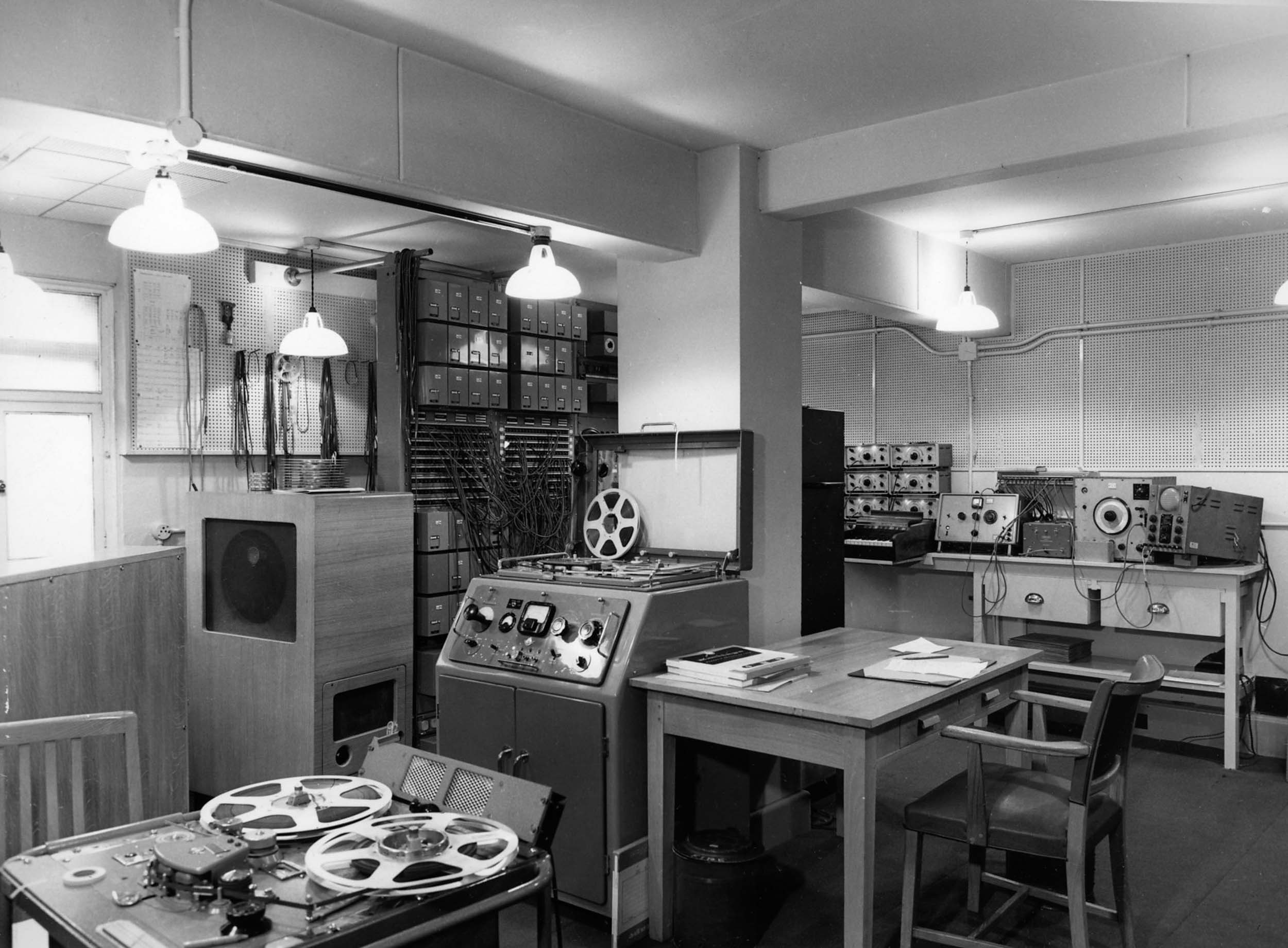
Many collectors had some sort of vaguely technical background. In the society, we had a lot of ex-BBC engineers, people from the broadcasting world – some of them in sound, some of them in video. All technical in one way or another, and lo and beyond they found horology interesting. Another thing I’ve always noticed about our membership is that we have an unusual representation from the medical profession, a lot of doctors and surgeons. That has always fascinated me. Whenever I ask them, they actually always give me a simple reply and its sort of the one you’d expect: they’re interested in the way that bodies work. However, they often can’t take the body apart to see what’s wrong. So, they find horology satisfying, because here is something you can look into, you can understand it, you can predict it, you can fix it.
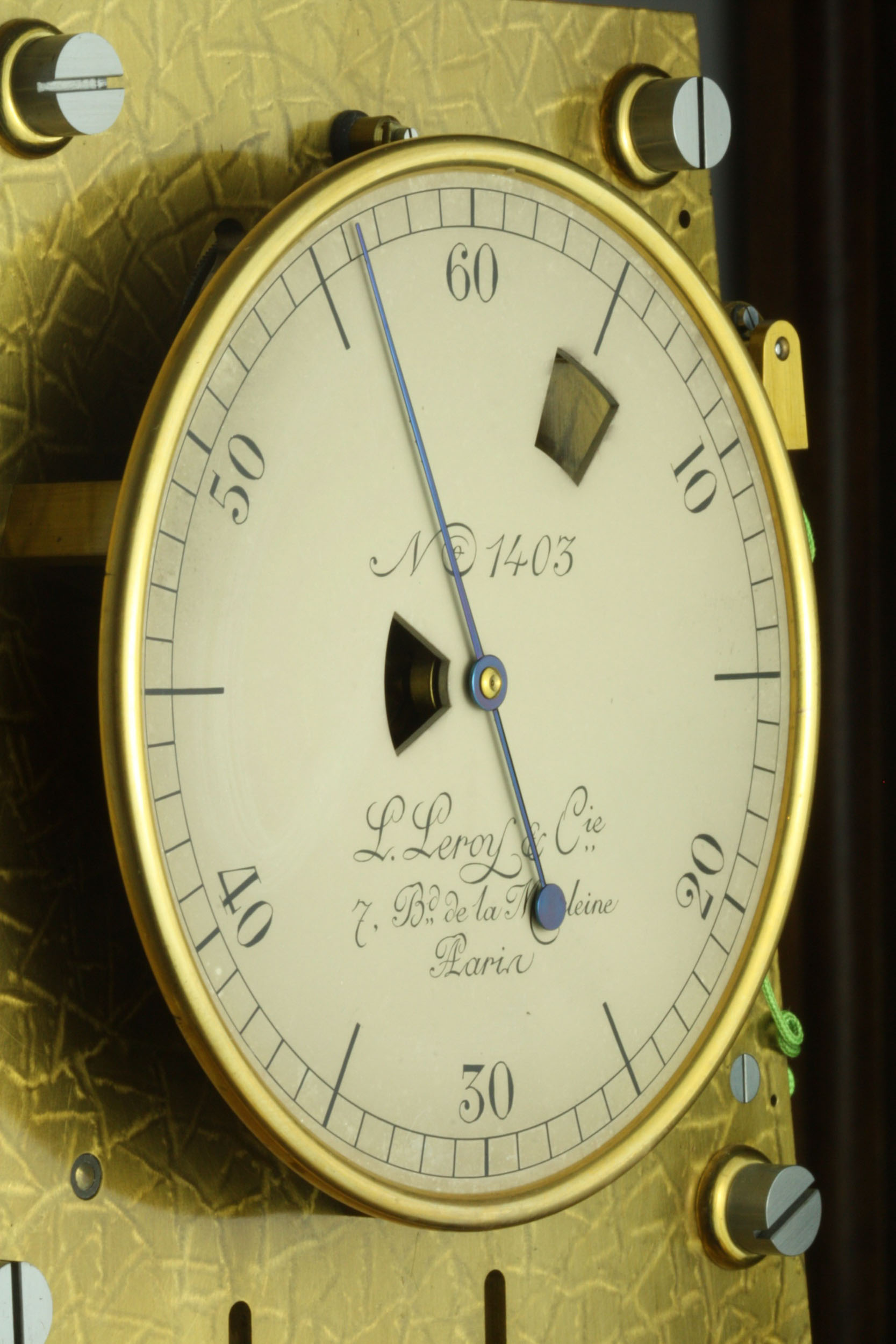
Clocks and watches have a permanence. They very often last longer than people, they carry with them memories and are themselves mementos. They tick out the time of people’s lives; they supervise people’s lives by being on their mantelpiece or on their wrist. There’s always a romantic notion about them. They are often given as gifts to people – watches very typically. Watches may have deep histories, similar to how in the last 30 years we’ve discovered genealogy – there’s been an explosive growth in that; people love digging out the history of their own families. And the thing about clocks and watches, is that you probably can tease out more history than you can with a table or with a chair or a piece of fine furniture. They are often signed, you can find out about that person and the place it was made in. So, if you’re already slightly romantically inclined to history, a clock or watch will always be an appealing item.
In terms of change. In the 1950s and 60s, collectors looked down their noses at more modern developments of things in the 20th century. Now in the 21st century, we look back at the development of the atomic clock in the 1950s, and we’re fascinated and will write about it. Over time wristwatches, which are clearly now more than a century old (they were on the wrists of people in the Boer War in the 19th century) became attractive to a group of people who can historicise them. Certainly, in the AHS, we’re probably not appealing to somebody that is only obsessed with and wants a new watch. But the vintage watch is obviously an important phenomenon in the watch world, as so much of the vintage world involves discovering the context in which the watch was either used or made. And we can help with that.
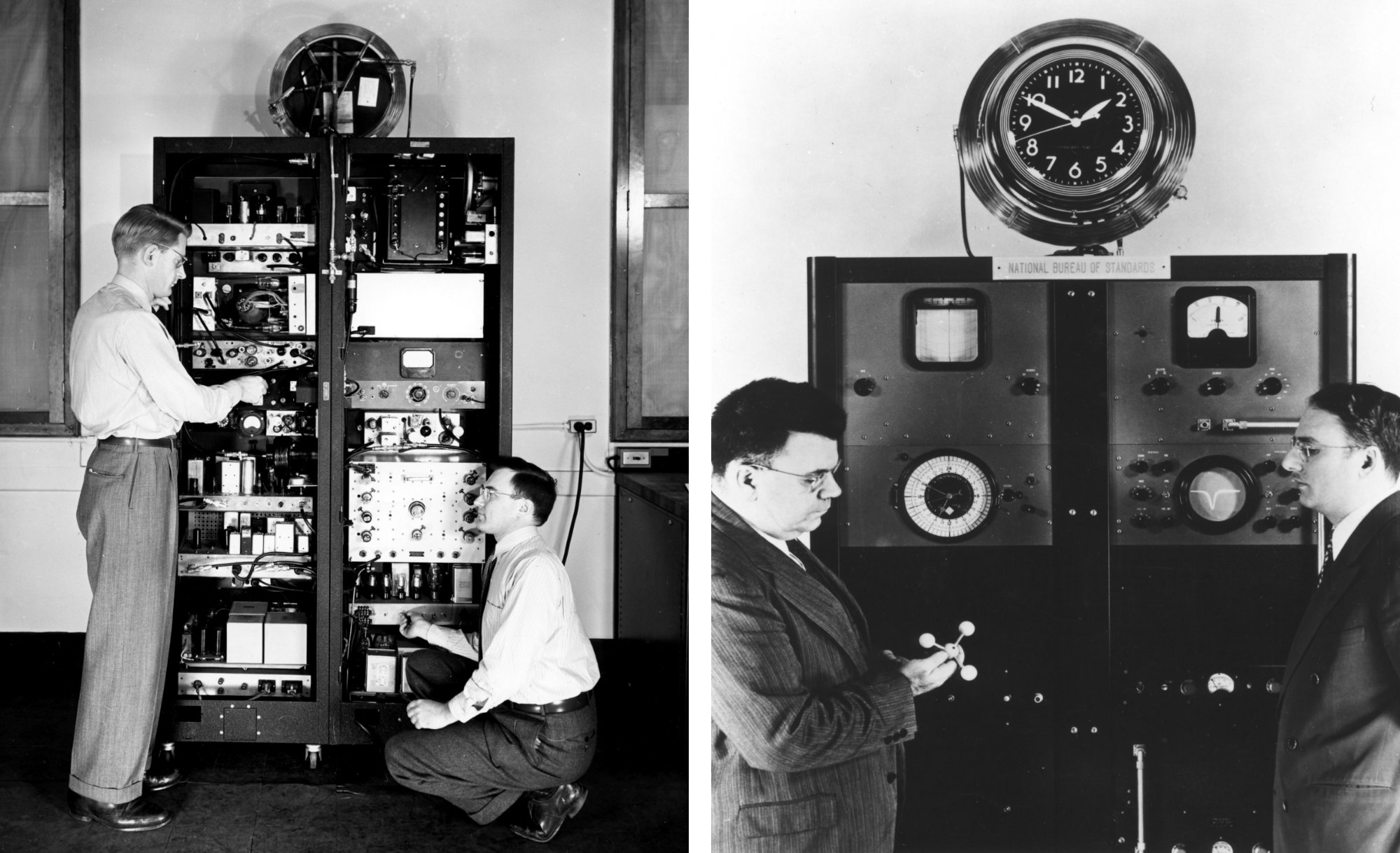
So, our members essentially became a lot more diverse. Now they could be looking at the late 20th century or the 15th century. So, they’re broader in their outlook. Their age range has changed dramatically as well. Without a doubt, the average age of the society was older 60 years ago. And so, of course, we still have some people of the same age, but now we have many younger members. We’ve also become much more diverse in the sense that we didn’t have a lot of women members, and now we have many. Our membership – and I think this is true of all horological societies, has gradually become more diverse and broader in what we focus on.
Why clocks and watches? Of course, some of it is aesthetic. The wristwatch world is very focused on the aesthetic. Yet, because all clocks and watches are solutions to problems (counteracting the effect of magnetism, for example), the technical solutions are intellectually appealing to open-minded people who are interested in the solutions to problems. And now they’re understandable, I think that’s appealing to a particular group of people. You know, some objects in life – cars, for example, have become hard in that you now can’t lift the bonnet of your vehicle and tinker with the engine because they’ve hidden it from you. Whereas vintage car people adore being able to understand what is going on in their car and actually do something about it. And I think horology allows that same access to the mechanism, and also to understand how it represents an extraordinarily clever solution to a problem. They can also function at levels of accuracy which most other technical objects can’t. Most other things in life, if its within one-tenth of a per cent you’re fine. We laugh in the face of that in terms of real precision.
Do you see younger people getting into horology for the intellectual or even the social element of it?
I would say that it’s a highly social activity and that social media is part of this, absolutely without a doubt. Horology lends itself, particularly at the smaller end (watches) to the Instagram world, as they photograph well. There are places now or events happening that bring people together in London, and I suspect elsewhere. The thing about watches is that they are so portable! I’ll give you an example, there’s an extremely successful network if you want to call it that, called Time 4A Pint. Now with a pint of beer, you know you’re going to go for a social time. But the point about the meetings is that, although they’re very carefully organised to ensure that they’re secure and that everyone knows who’s there (you can’t just wander in), it’s nevertheless all about gathering somewhere in a relaxed fashion to have a drink and to bring watches.
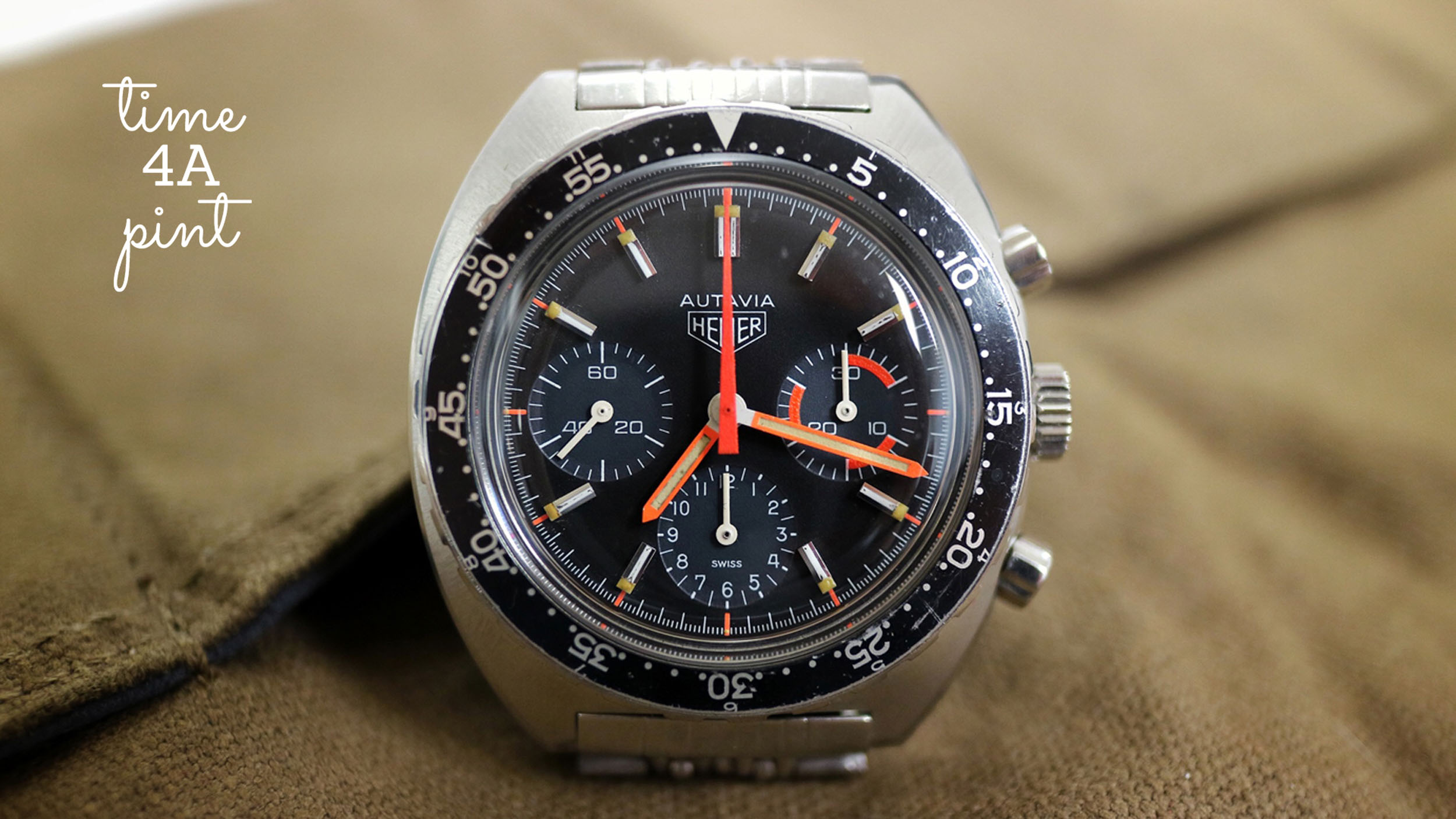
So perhaps 20 or 30 people are together, and they all have their own take on things, be that on aesthetics or precision. But that relaxed atmosphere and the ability to handle, to swap around and to look at objects – I think it’s highly infectious. And that’s where I’ve seen on many occasions that people who’ve never encountered something before, see it for the first time and say “oh my word, that’s really cool, that’s fascinating”, and that tends to be where I think the whole issue of vintage and going back in time comes from.
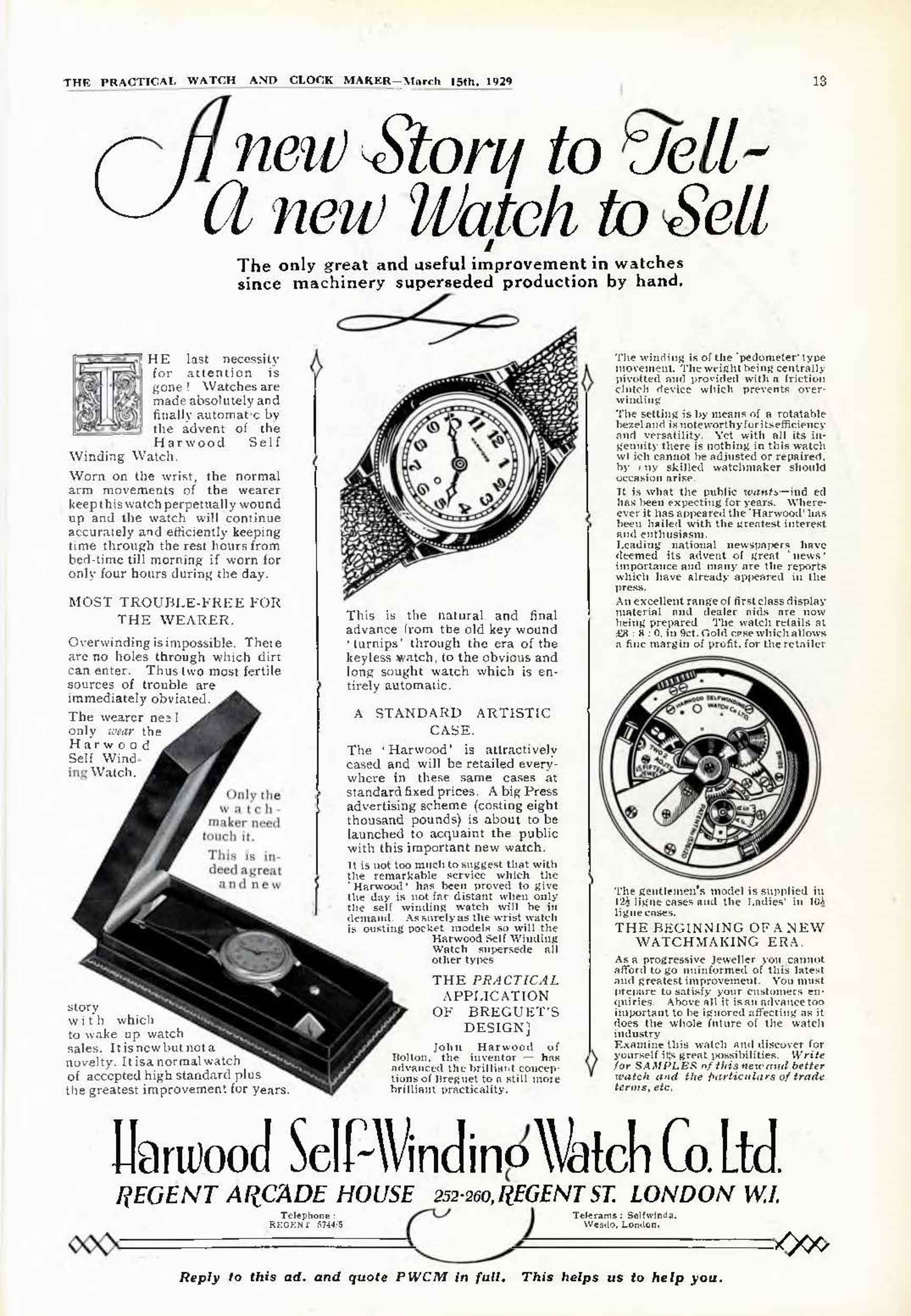
Because I think most new entrants, when they’ve just come to the world of watches, are influenced by advertising and what is current. You find that people around you who may have a new watch on are equally proud of older watches which were innovative in some way. An absolutely classic example I can think of here is that people love Harwood watches – because, Harwood is reckoned to have devised the modern form of the automatic watch. And that’s intellectually appealing. It wasn’t that long ago, back in the second quarter of the 20th century. You can buy one, and they’re not the price of a Mercedes car, these are affordable watches, and they take you into an era of innovation.
The ability to see, hand around and look at, both new and old watches is how people discover “gosh it’s not all about new, it can be about 20, 30 or 80 years ago”. Obviously, some of the prestige brands are very expensive. Yet, there is also a lot of intellectually stimulating kit that is affordable even if you’re embarking on your working career and you don’t have a lot of money. I think that it’s nicely levelling. A lot of watch people aren’t snobs, the value is the intellectual value, not the value of the gold [laughs].
What else does the AHS do? Lectures?
Yes, we still organise lectures, and we have sections and groups which are there because you know not everyone can live in London. Even just in England, people aren’t going to travel across the country for something in the evening. So, we have regional groups – we’ve had those forever, and they’ve started appearing in other countries as well. In Canada, America, and so forth. Again, still, these are vast countries so you can’t travel across the country for just one meeting. That’s where our quarterly printed journal becomes pretty vital. The big development though over the last five to seven years has been a push to digitise an unbelievable quantity of historical material to make it available to our members, to make it searchable.
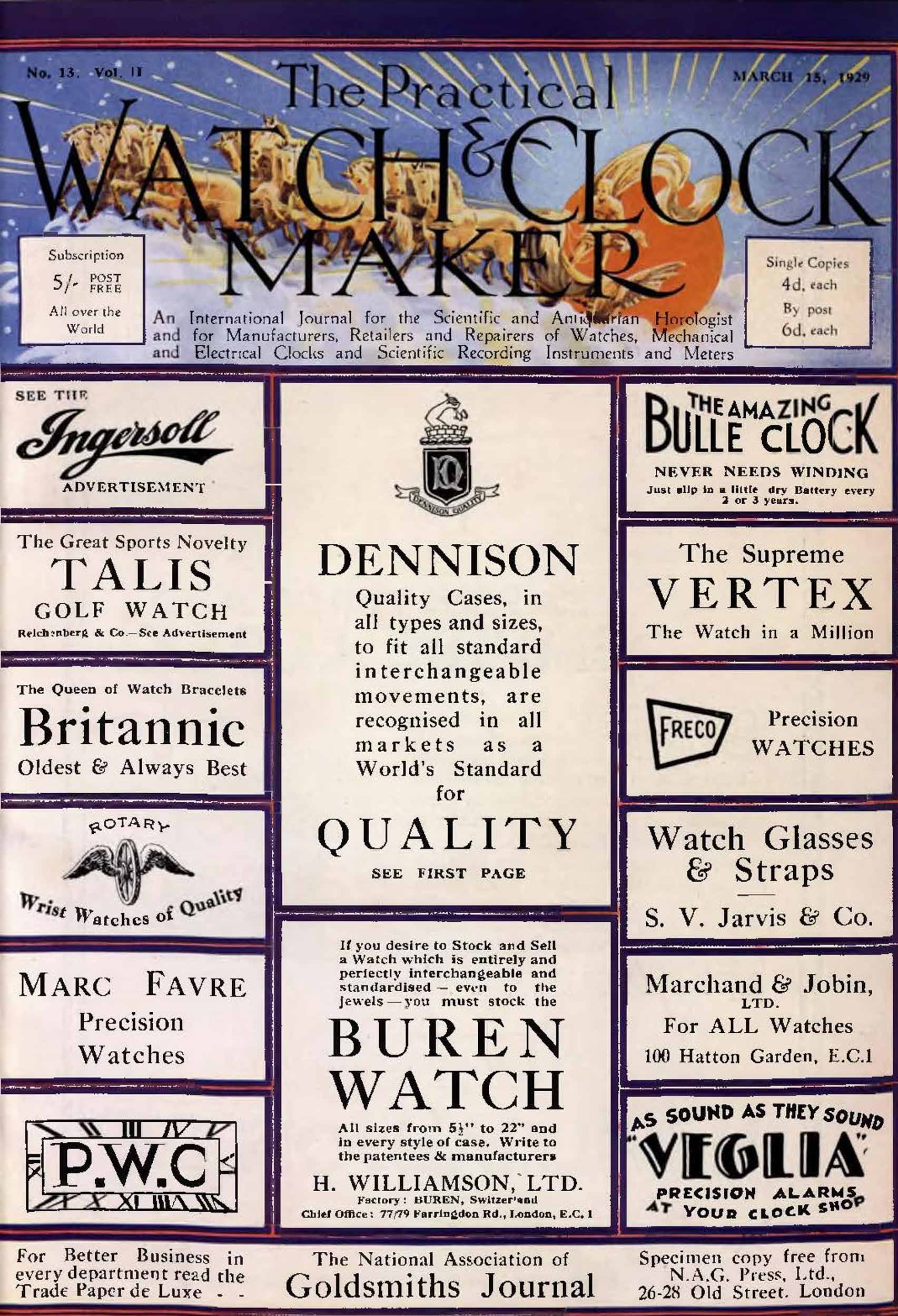
Our print journal goes back to 1953, all of it is available to you if you’re a member. If you’re in the watch world and very much in the vintage watch world, there’s a UK publication, it only lasted 11 years from 1928 to 1939, called the Watch & Clock Maker. That was an important period because loads of highly collectible watches emerged from that period. And the Watch & Clock Maker journal contains an unbelievable amount of information, reviews, diagrams, stories about the development of wristwatches and advertisements. The really big one in terms of volume is the Horological Journal which goes back to 1858. Almost every clock and watch you has been signed by somebody or has a name on it. So, all you need to do is to put that into the search engine, and it’s incredibly likely you’ll have a match. You can also search for placenames or techniques (e.g. guilloche), whatever it may be.

The lectures are important to me. I chair the London ones, it’s wonderful, we get 120 people at a time and do that five times per year. But that’s 120 out of 1,500 members. I see from the metrics on our site every day, that the really valuable thing we give people is that tool that enables them to search. We’re pitching ourselves as the ancestry.com of the horology world – we cost a lot less money, but we give you this platform which you can use at all hours of the day and night.
On the internet, you’ve really got to wade through endless pages of junk to find any real information. This seems to be an area where you can fill the void?
I don’t want to put down forums, because I enjoy the online forums. But, one of the frustrating things to me in is that forum life is essentially amateur life and is based on opinion. And sometimes I tear my hair out because people are speculating about a subject when it’s very easy for them to go back to a source of real information and check something. For people who are used to being part of forum life, it seems to be an absolutely natural thing, add one more tool to your armoury. We can do that for you and answer so many questions, and then better information will find its way back into the forums.
What does the future of the AHS look like?
Of course, it’s natural for us to have the majority of the members in the UK, but, the international members are extremely important. You know there’s 400 of them, and I’d love to see that grow. Everything I’ve just described is as accessible to an international member as a UK-based member. We’ve made registration as easy as possible, all it takes is a few clicks. I’m as interested in a new member from Australia, New Zealand or Italy as I am in a UK-based member. They are all unbelievably valuable, because it does cost a lot of money to run the society – every membership really counts. Our focus without a doubt is to be worldwide.
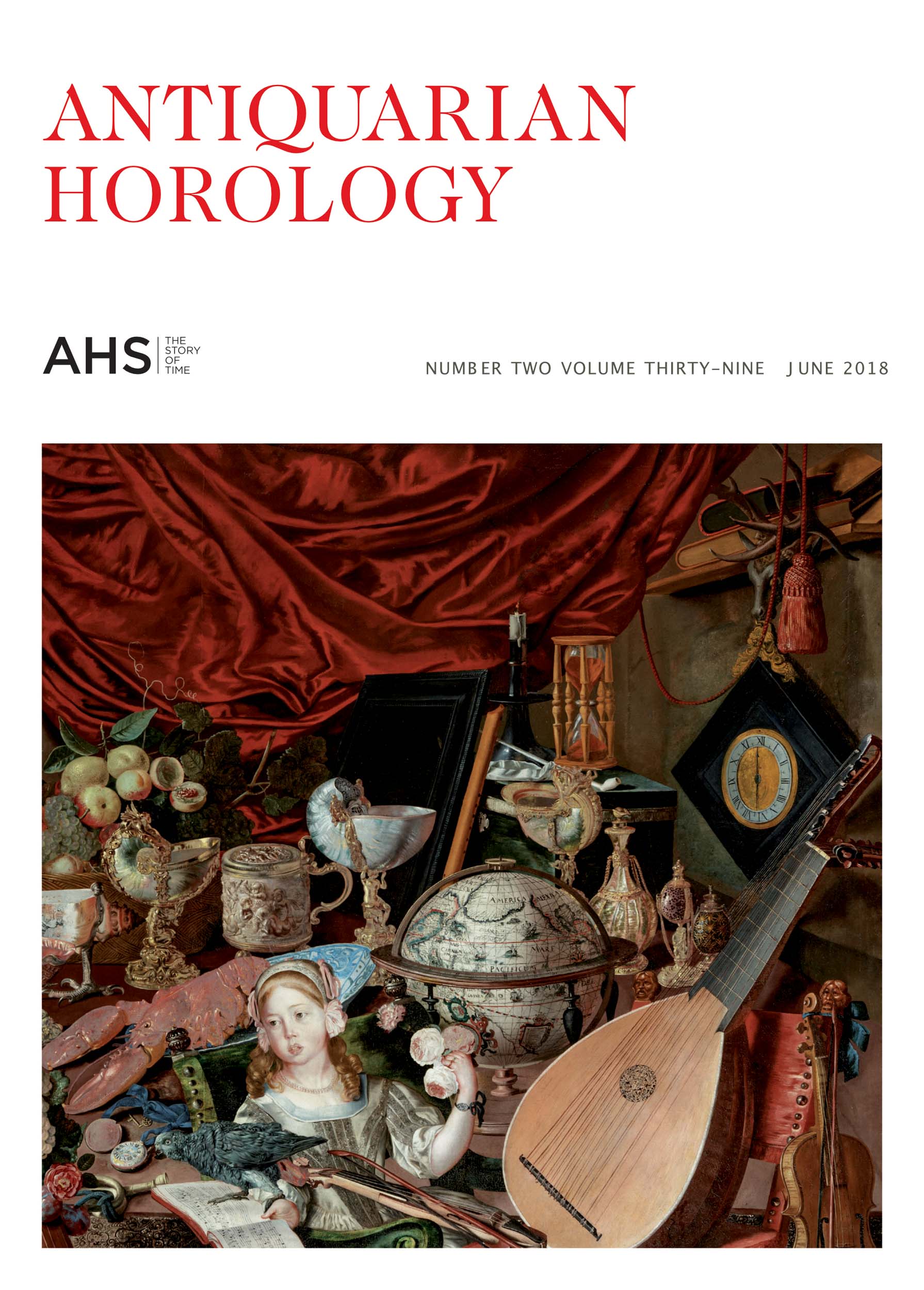
There’s all that historical material, but we also need to maintain a more international balance in our research and writing. The journal tends to be a bit more Anglo-centric, there’s always less coverage of the rest of the world. I mean that’s a problem we all face – there’s just not enough research on horology in other important parts of the world, where it probably exists, it’s just that scholars haven’t gone there yet. So, our direction is quite clear: expand the membership a bit, increase the range of digital assets and support people at a distance. And to also bring the story of horology from around the world to an English-speaking audience.
Visit the AHS here and become a member here.








